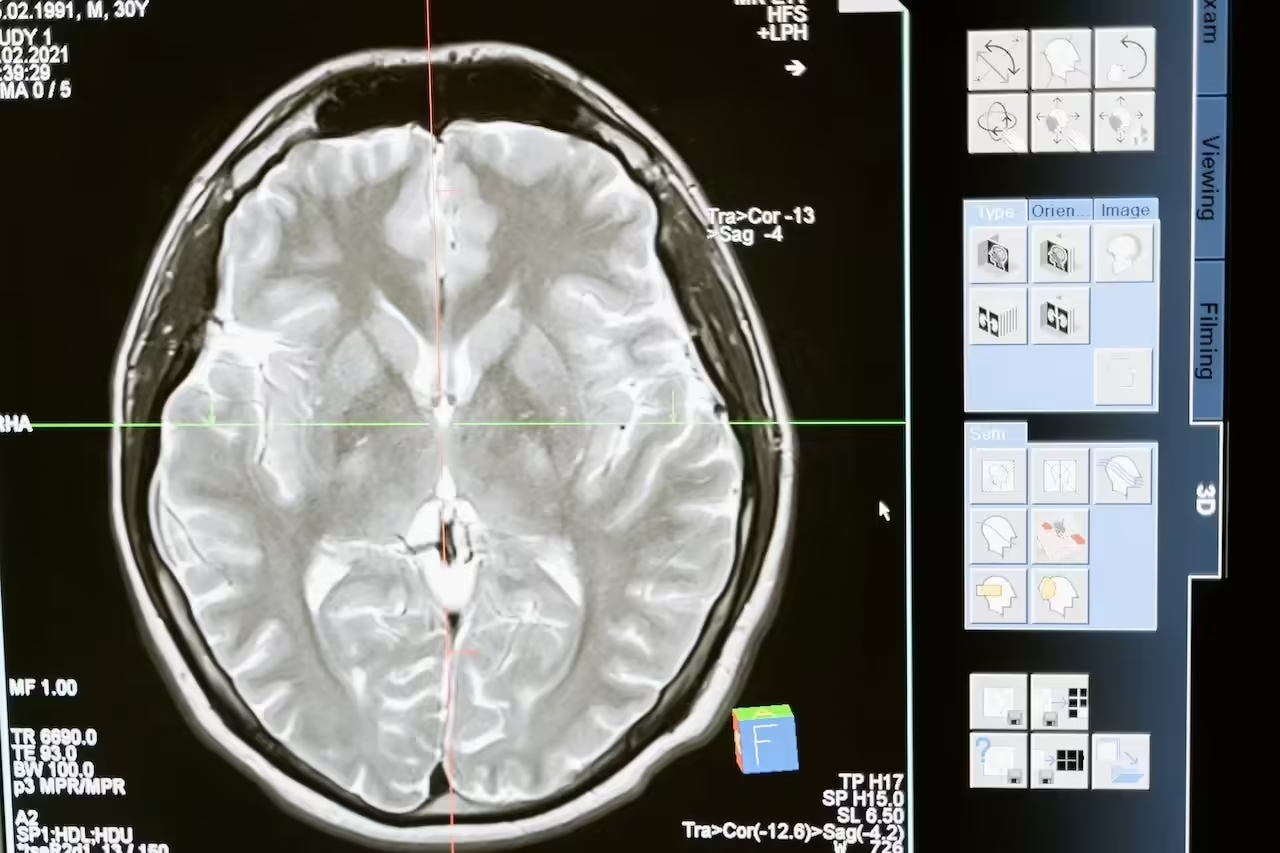
Medical imaging has witnessed significant advancements in recent years, leading to substantial improvements in diagnosing and monitoring brain tumors. Accurate and timely detection is crucial for effectively treating and managing these complex conditions. This article explores the latest developments in brain tumor imaging techniques and their role in enhancing the diagnosis and monitoring of brain tumors.
Traditional Brain Tumor Imaging
- Computed Tomography (CT): CT scans have created detailed cross-sectional brain images. They are valuable for detecting abnormalities like tumors, bleeding, or structural issues.
- Magnetic Resonance Imaging (MRI): MRI provides high-resolution images of the brain and is particularly effective in differentiating between various types of brain tissue. It is the standard for brain tumor diagnosis.
Advancements in Brain Tumor Imaging
- Functional MRI (fMRI): While traditional MRI provides structural images, fMRI assesses brain function by measuring changes in blood flow. This is invaluable for understanding how tumors affect brain activity and surgical planning.
- Diffusion Tensor Imaging (DTI): DTI is an MRI-based technique that analyzes the movement of water molecules in brain tissue. It can help identify regions where tumors may be infiltrating typical brain structures.
- Perfusion MRI: This imaging technique provides information about blood flow in the brain, which can be essential for understanding tumor vascularity and guiding treatment decisions.
- Magnetic Resonance Spectroscopy (MRS): MRS measures chemical changes in brain tissue. It helps determine the metabolic activity of brain tumors, assisting in their characterization.
- Positron Emission Tomography (PET): Combining PET with CT or MRI allows for functional brain imaging, providing insights into metabolic activity and aiding tumor grading and assessment.
- Single-Photon Emission Computed Tomography (SPECT): SPECT imaging is used to assess blood flow in the brain and detect abnormalities, particularly in the preoperative evaluation of brain tumors.
- Advanced Contrast Agents: New contrast agents are being developed to improve the visualization of brain tumors during imaging. These agents enhance the sensitivity and specificity of detection.
- Artificial Intelligence (AI): AI algorithms are increasingly integrated into imaging processes to assist in interpreting images, tumor segmentation, and predicting treatment responses.
Enhancing Brain Tumor Diagnosis
- Early Detection: Advanced imaging techniques can detect brain tumors at earlier stages, improving the chances of successful treatment and survival.
- Characterization: The ability to differentiate between benign and malignant tumors and various tumor subtypes is essential for selecting the most appropriate treatment strategy.
- Infiltration Assessment: Advanced imaging helps assess how extensively a tumor has invaded surrounding brain tissue, guiding surgical planning and ensuring no tumor cells are left behind.
Monitoring Brain Tumor Progression
- Treatment Response: Follow-up imaging is crucial to assess the response of brain tumors to treatment. Changes in size, vascularity, and metabolic activity can be indicators of treatment effectiveness.
- Recurrence Detection: Monitoring scans can detect tumor recurrence at early stages, enabling timely intervention and the adjustment of treatment plans.
Challenges and Considerations
While these imaging advancements are promising, there are several challenges to consider:
- Access to Advanced Imaging: Not all healthcare facilities have access to the latest imaging technologies, which can limit their availability to some patients.
- Cost: Advanced imaging techniques may be more expensive than traditional methods, impacting healthcare costs.
- Interpretation: As imaging techniques become more complex, interpreting the results accurately requires skilled radiologists and clinicians.
Conclusion
Advances in brain tumor imaging have transformed the diagnosis and monitoring of these complex conditions. Early detection, precise characterization, and the ability to monitor treatment responses are essential in improving patient outcomes. The integration of artificial intelligence and the development of innovative contrast agents further enhance the capabilities of modern imaging techniques. While challenges remain, these advancements are promising steps in the ongoing battle against brain tumors. Patients and healthcare providers should work together to leverage the benefits of these cutting-edge imaging technologies for the best possible outcomes.





